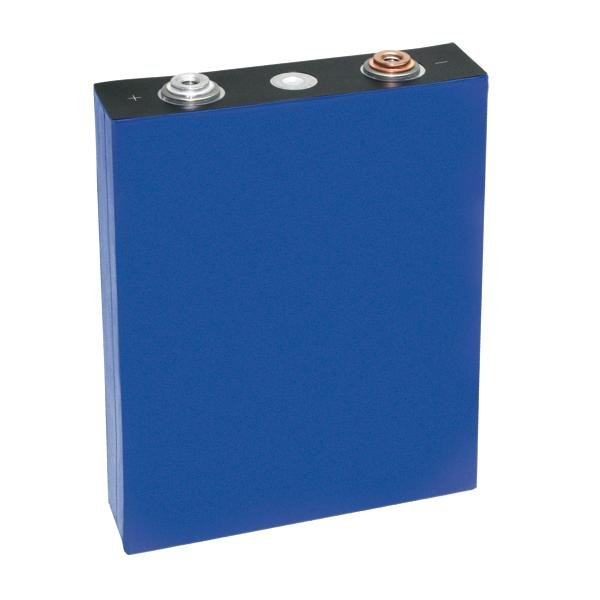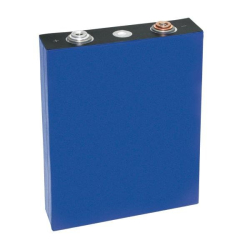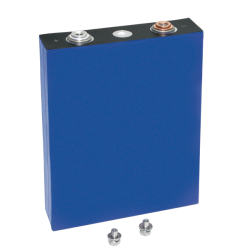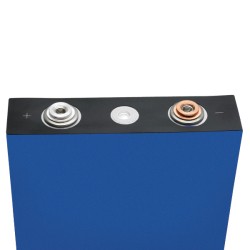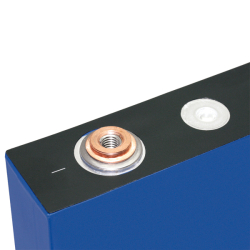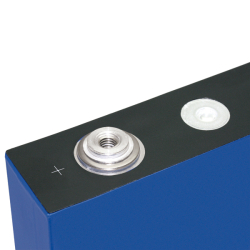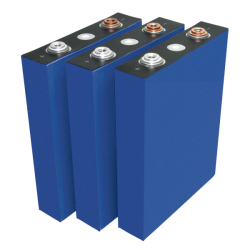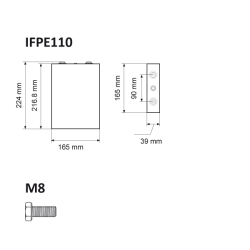GWL/Power GWL/POWER Ifpe110 - Lithium Cell LiFePO4 (3.2V/110Ah)
Art.#:
CHL-LFP110AH

Manufacturer:
GWL/Power

To order
This article is discontinued. Please, chose another one!!!
Industrial lithium cell with high energy density, made on the safe LiFePO4 technology. Capacity: 110Ah, size: 165x224x39 mm, weight: 2,79 kg. Model: IFPE110

 English
English Česká republika
Česká republika Germany
Germany France
France España
España Italia
Italia Sverige
Sverige Polski
Polski Nederland
Nederland